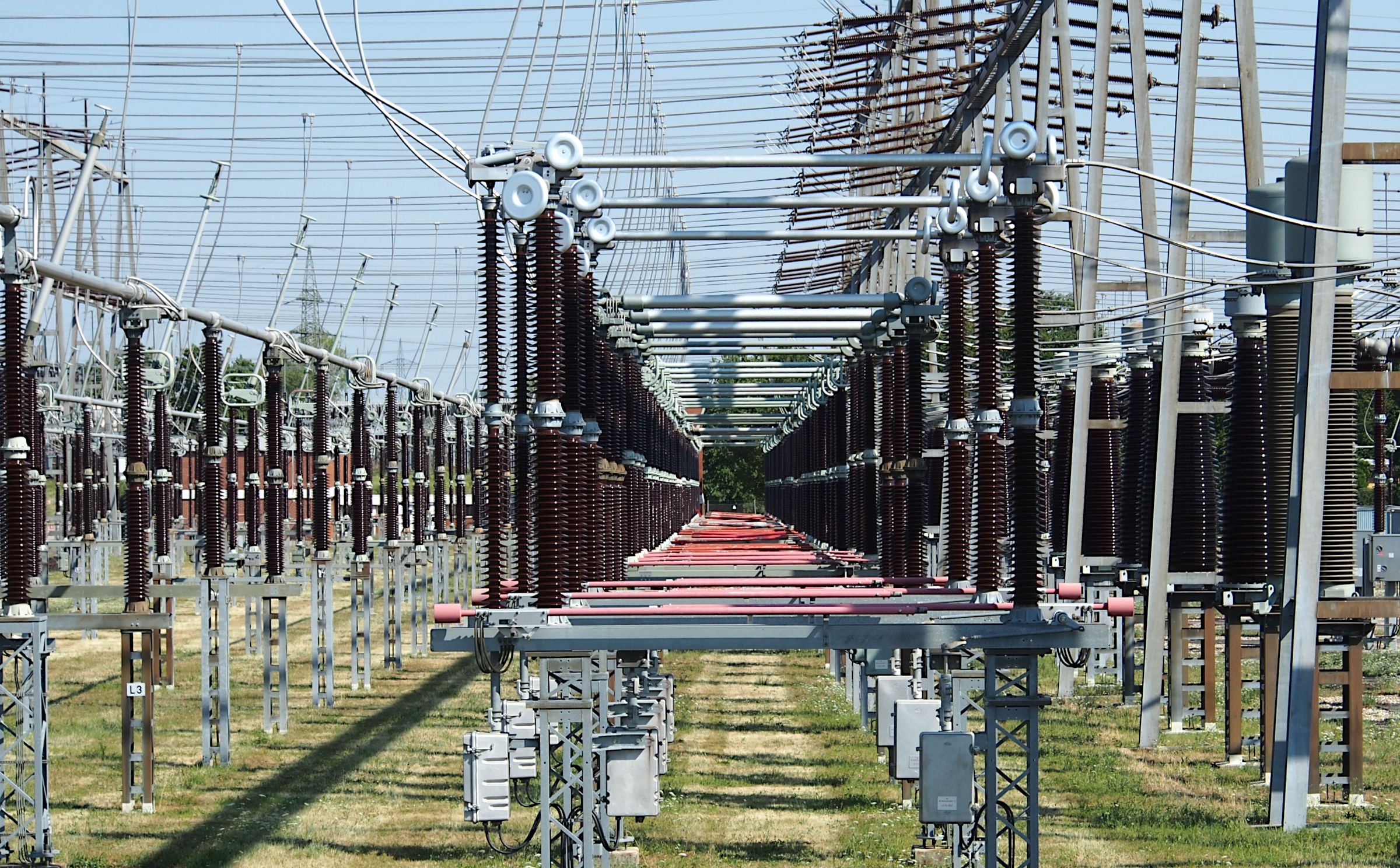DEEP LEARNING FOR RADIOLOGY: IMPROVING DIAGNOSTIC ACCURACY IN MEDICAL IMAGING
Keywords:
Deep Learning, Machine Learning, Radiology, Medical Imaging, Convolutional Neural Networks, Vision Transformers, Generative Adversarial Networks, Support Vector Machines, Image Segmentation, Computer-Aided Diagnosis, Federated Learning, Transfer Learning, AI in Healthcare, Clinical Decision Support Systems, Hybrid AI Models.Abstract
Deep learning and machine learning have revolutionized radiology, offering unprecedented improvements in the accuracy, efficiency, and automation of medical imaging diagnosis. Advanced deep learning models such as Convolutional Neural Networks (CNNs), Recurrent Neural Networks (RNNs), Vision Transformers (ViTs), Generative Adversarial Networks (GANs), and Autoencoders are extensively used for image classification, segmentation, enhancement, and anomaly detection.
Complementary machine learning techniques, including Support Vector Machines (SVM), Random Forests, k-Nearest Neighbors (k-NN), Decision Trees, and Gradient Boosting Methods, further enhance predictive analytics and feature extraction. These innovations not only assist radiologists in early disease detection and risk assessment but also optimize clinical workflows, reduce diagnostic errors, and improve patient outcomes. Moreover, hybrid models combining deep learning with traditional machine learning techniques are emerging as powerful tools to address challenges such as data scarcity, model interpretability, and generalizability across diverse medical datasets.
Despite these advancements, significant challenges remain, including the need for large annotated datasets, ethical concerns regarding patient data privacy, model explainability, and seamless integration into clinical settings. Solutions such as federated learning, transfer learning, and self-supervised learning are being explored to enhance model performance while ensuring data security. Furthermore, real-time deployment of AI-driven radiology solutions requires collaboration between AI researchers, radiologists, and healthcare institutions to develop reliable, interpretable, and clinically viable models. Future directions emphasize the development of more generalizable AI models, the integration of multimodal data sources (such as radiology images, electronic health records, and genomics), and the continuous evolution of AI-assisted radiology towards fully automated, real-time diagnostics.
















